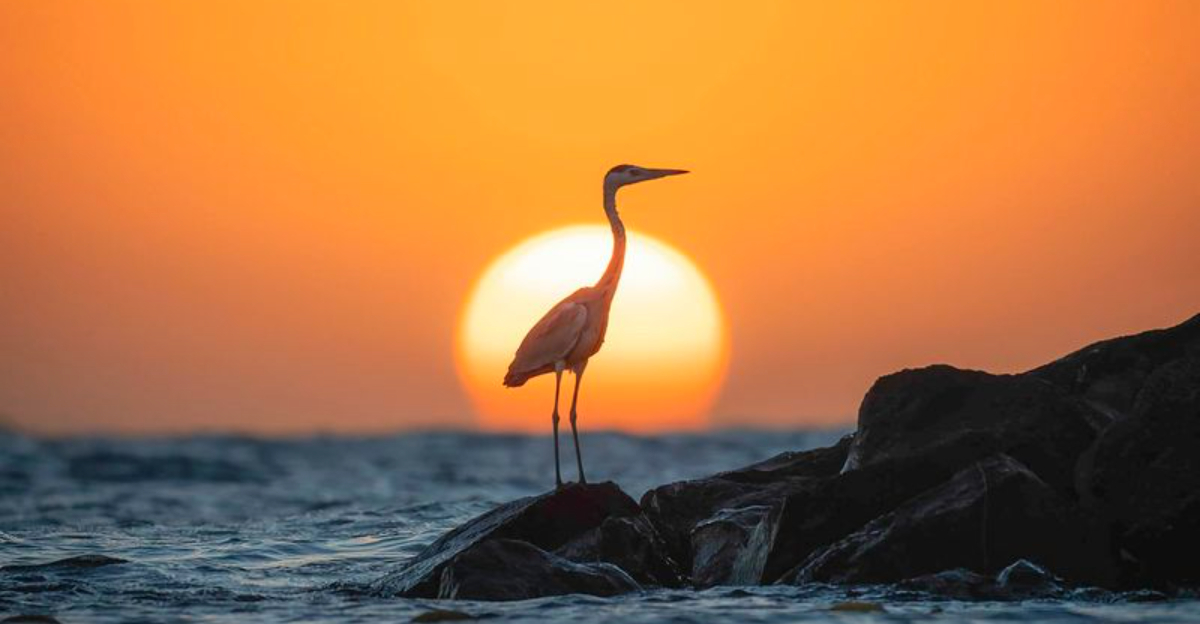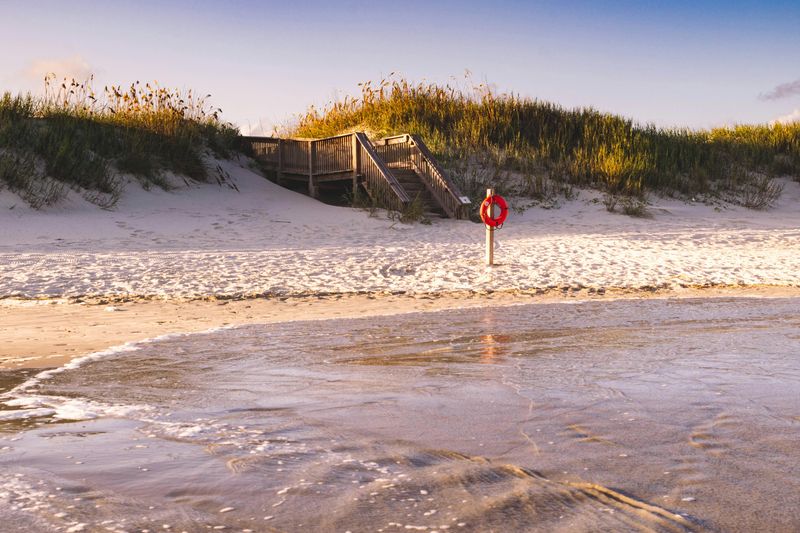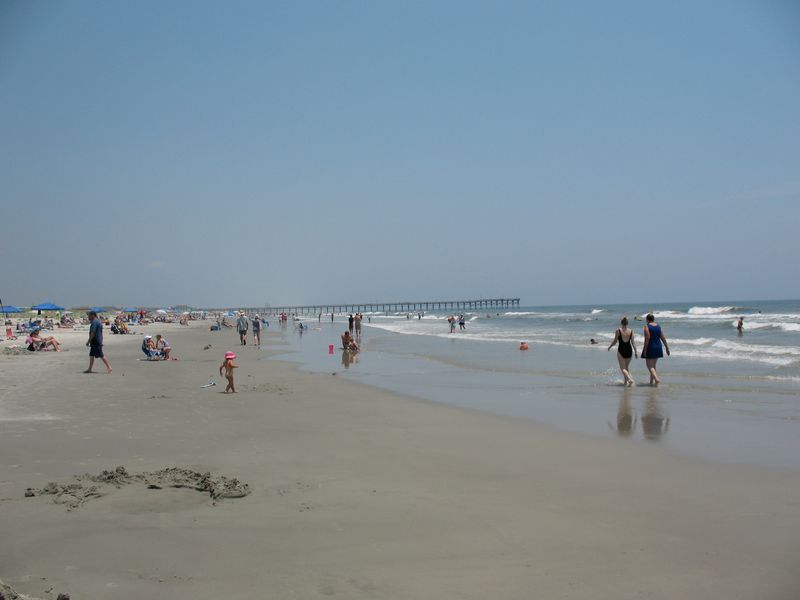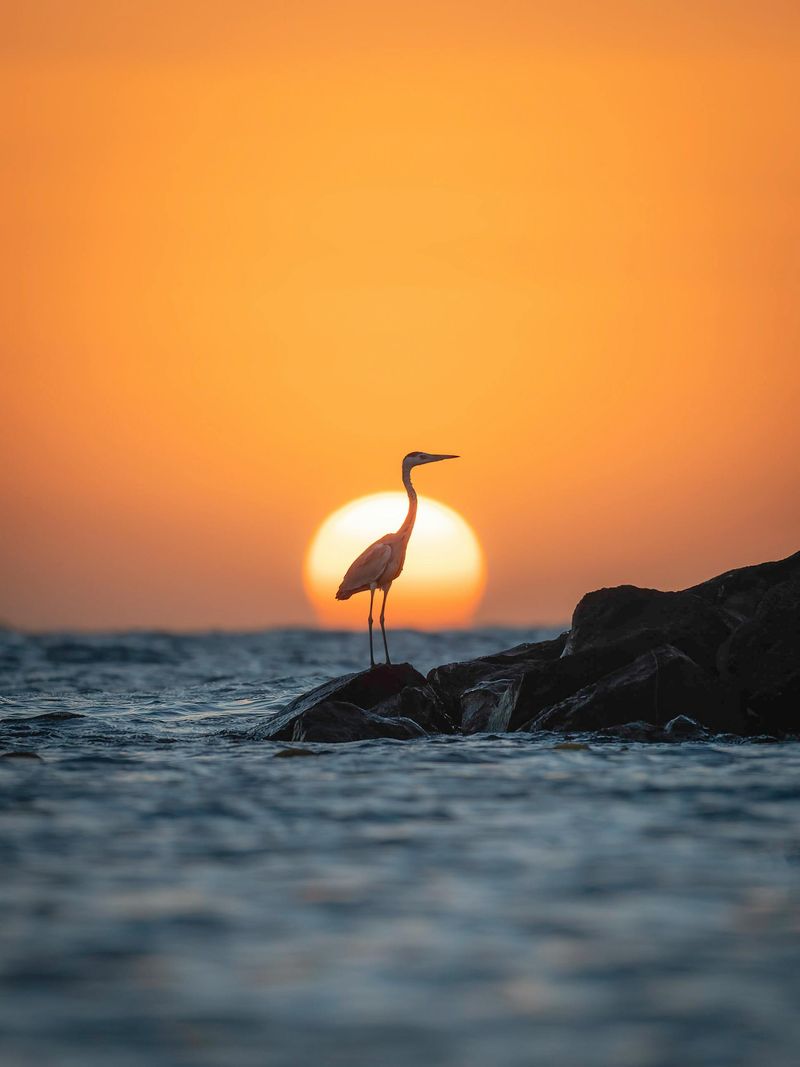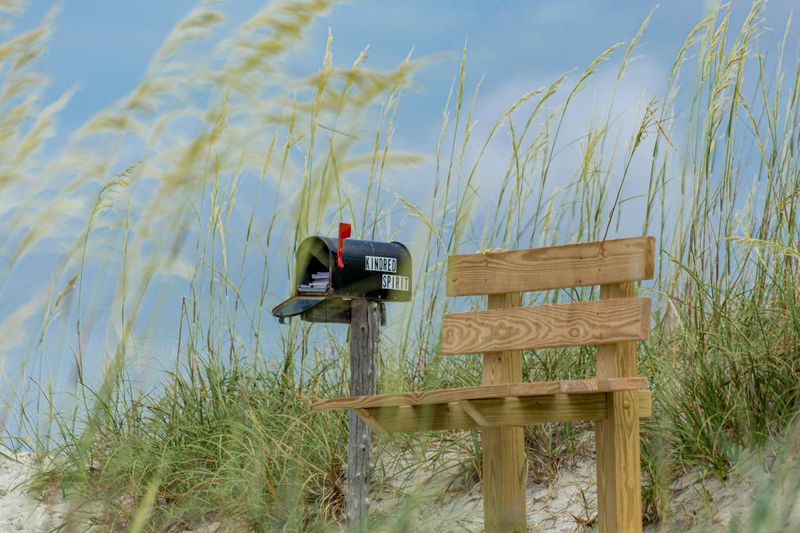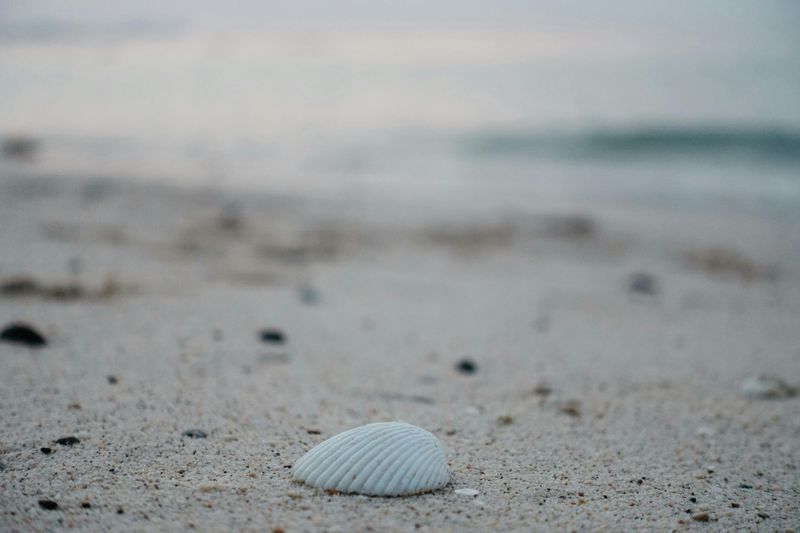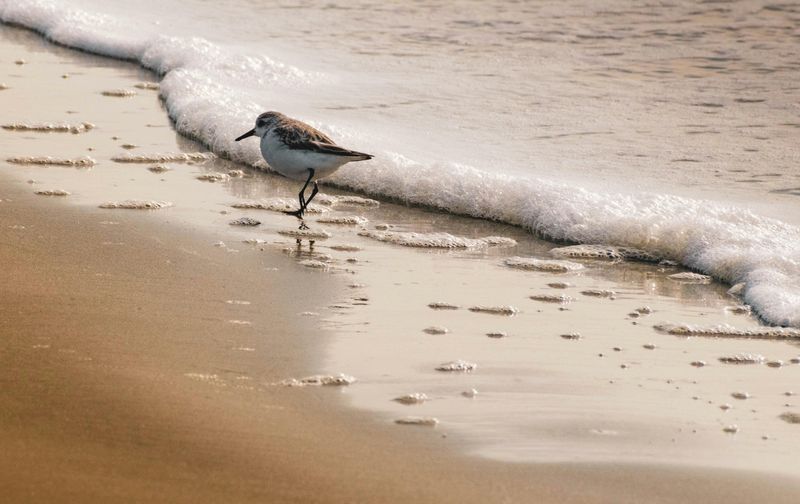Tucked along the Brunswick Islands, Sunset Beach offers something rare: a coastal escape where nature takes center stage over development. This southernmost North Carolina beach town sits right before the South Carolina border, halfway between Wilmington and Myrtle Beach, yet feels worlds away from both. Behind its sandy shores stretch miles of salt marshes, tidal creeks, and quiet waterways that make this place special for anyone seeking peaceful beauty and authentic coastal charm.
1. A Tiny Coastal Town With Big Natural Assets
Sunset Beach sits along the Brunswick Islands, positioned perfectly between two popular destinations yet maintaining its own quiet identity. It’s North Carolina’s southernmost beach, just a stone’s throw from the South Carolina line, where the Atlantic meets carefully preserved coastal landscapes.
Local planners and residents made a conscious choice decades ago to keep things low-key. No towering resort hotels pierce the skyline, and large commercial developments remain scarce.
Instead, the focus has been on preserving marshlands, natural buffers, and what locals proudly call their “quiet charm.” Walking through town, you’ll notice the difference immediately—this place breathes easier than most beach destinations.
2. Miles of Marshes and Untouched Shoreline
Behind the barrier island lies an extensive network of salt marsh, tidal creeks, and channels stretching toward the Intracoastal Waterway. These wetlands create habitat for countless birds, fish, and other wildlife while providing visitors with a genuine sense of wilderness right alongside the beach.
Many beach access points offer dual perspectives—ocean waves on one side, marsh flats on the other, especially dramatic when the tide pulls back. The Brunswick Islands run on an east-west axis, creating a geographical quirk.
This orientation means you can sometimes catch both sunrise and sunset over water depending on the season and your vantage point, a rare treat along Atlantic coastlines.
3. Hidden Trails and Wildlife Walks
Bird Island Loop Nature Trail stands out as a must-visit spot for anyone wanting to experience the marsh ecosystem up close. Local guides consistently mention it as one of Sunset Beach’s best-kept secrets, offering birding opportunities and coastal scenery that rivals much larger nature preserves.
Tread lightly along the tidal creek edges and you’ll likely spot elegant egrets, patient herons, and hear the distinctive calls of marsh wrens. The ecosystem here remains quieter and less disturbed than what you’d find in busier beach towns.
Beyond the main trail, small access points and weathered docks along waterways behind the barrier island reveal hidden inlets, fishermen’s boats, and perfect reflections in still tidal waters.
4. The Sunset Beach Pier and Coastal Icons
The Sunset Beach Pier serves as the town’s oceanfront centerpiece, stretching out over the waves and offering panoramic views that never get old. Visitors stroll its length for fresh air, fishing opportunities, or simply to watch the water change colors throughout the day.
Then there’s the wonderfully quirky Kindred Spirit Mailbox—a weathered mailbox tucked into the dunes where strangers leave notes, poems, confessions, and memories for others to discover. It has become both a symbol and a contemplative destination in its own right.
Artist Hunter Gibbes adds another layer of magic by creating intricate beach mazes in the sand, scaled from dune line to ocean line. These ephemeral labyrinths interact with tides, disappearing and reappearing with nature’s rhythm.
5. Shelling, Sea Turtles, and Quiet Beaches
Lower visitor numbers mean the shoreline stays ideal for shelling—many beautiful shells remain undisturbed, waiting for patient collectors. Wander the tide line early in the morning and you’ll understand why enthusiasts return year after year.
Sunset Beach serves as important nesting habitat for loggerhead sea turtles. During nesting season, you’ll notice protected zones and darkened beachfront areas designed to give these ancient mariners the best chance at successful reproduction.
Even during peak summer months, many stretches of sand remain remarkably uncrowded. Some visitors report walking long distances with no other footprints nearby—a increasingly rare experience along developed coastlines. The solitude feels restorative.
6. Best Times and Tips to Experience the Marsh Side
Low tide mornings or evenings reveal the marsh’s hidden architecture—exposed flats, intricate tidal channels, and mirror-like reflections that photographers dream about. Timing your visit around the tide schedule transforms the experience completely.
Bring binoculars and a bird field guide along. The marsh explodes with activity during migration seasons, and being able to identify what you’re seeing adds another dimension to your exploration.
Kayaks or small paddle crafts work perfectly for threading through marsh channels where permitted, giving you water-level access to this delicate ecosystem. Always stay on designated paths and boardwalks—marsh grasses and soil are fragile, and off-trail travel causes damage that takes years to heal.
7. Day Trips and Coastal Extensions
Sunset Beach makes an excellent base for exploring the wider region. Wilmington sits about an hour north, offering historic districts, riverfront scenes, and cultural attractions that provide nice contrast to beach days.
The rest of the Brunswick Islands deserve exploration too—each has its own mix of marsh, barrier islands, and lesser-known beaches that reveal different facets of coastal Carolina character. Island hopping becomes addictive once you start.
Consider visiting Southport or exploring the Intracoastal Waterway’s inland side for different perspectives. These areas showcase freshwater-influenced marshlands and maritime communities that have thrived for generations. The waterway itself tells stories of commerce, recreation, and adaptation to coastal living.
